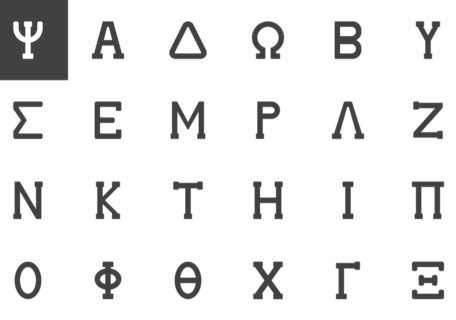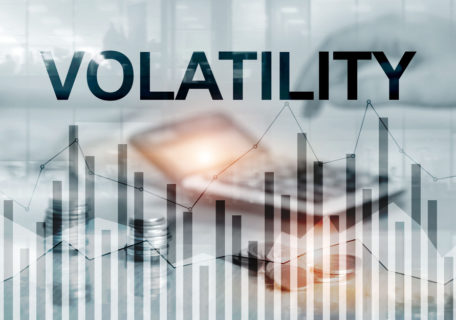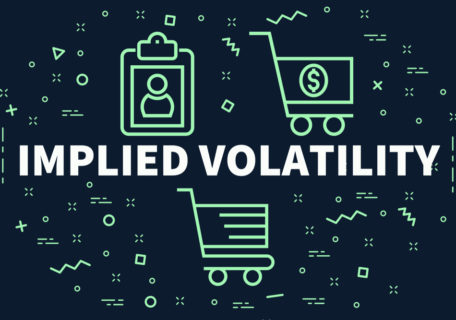What is Rho in Options Trading? (Option Greeks Explained)
Rho is the rate at which the price of a derivative changes relative to a change in the risk-free rate of interest. Rho measures the sensitivity of an option or options portfolio to a change in interest rate. Rho may also refer to the aggregated risk exposure to interest rate changes that exist for a book of several options positions. For example, […]
Read Article









